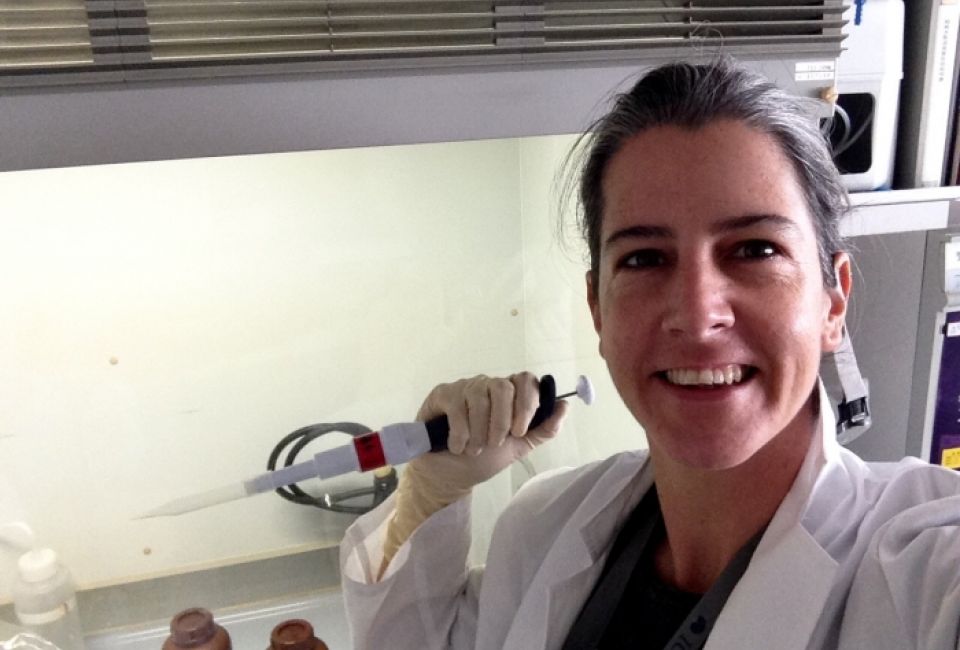
Carmen García-Comas publishes an article on 'Nature' on the causes of the extinction of an ancestor of Homo sapiens
The high climatic variability and an increase in aridity led to the extinction 600,000 years ago of a tyoe of primitive hominid, Paranthropus robustus, which lived in Africa two million years ago. This is one of the main conclusions of a study involving Carmen García-Comas, a researcher in the Aquatic Ecology research group at the UVic-UCC. The results of the study were published last Monday in an article written by the team of researchers in the journal Nature, entitled A two-million-year-long hydroclimatic context for hominin evolution in southeastern Africa. This is the first time a UVic-UCC researcher has been published in this journal.
The study is based on fossil remains of Paranthropus robustus which were found in South Africa in the mid-twentieth century, and which were identified as an evolutionary side-branch of Homo Sapiens. The possible reasons for its extinction had not previously been investigated. This was the goal of the team of experts from different fields - mainly anthropologists and geocientists - who took part in the project, who were led by Dr Thibaut Caleym, a paleoclimatologist at the University of Bordeaux.
"We studied and combined climatic registers obtained using various methods and with different time resolutions," explains Carmen García-Comas, who says that "each method in itself could be interpreted in different ways but taken together, it was possible to reconstruct a comprehensive and coherent image of the climate of the past." According to the researcher, the results obtained would not have been possible "without combining efforts and experiences."
The sediment nuclei analysed by the researchers were obtained in the Bay of Maputo (Mozambique), where the Limpopo, one of the longest rivers in Africa, flows into the Indian Ocean. This material gave the team of scientists access to a climatic record that covers approximately 2.14 million years. They analysed parameters such as hydrogen and carbon isotopes of fossils of molecular plants, and compared them with the results of pollen analysis and the compositions of the elements. The team also determined the changes in the surface temperature of the sea over that period of time, which enabled them to evaluate the influence of the ocean on the earth's climate.
Carmen García-Comas is a doctor in Biology and an expert in ecology and data analysis. Her studies focus on studying large databases of observations in the aquatic environment, such as for plankton and fish, in order to understand the role played by functional characteristics, especially the size of individuals, in the structure and functioning of communities, as well as in the maintenance of diversity. She has undertaken two post-doctoral contracts at the National Taiwan University and at JAMSTEC (Japan Agency for Marine-Earth Science and Technology).
This year, she joined the UVic-UCC, where she teaches Ecology and Marine Biology classes in the Faculty of Sciences and Technology (FCT). She also works with the Aquatic Ecology research group on projects aiming to understand the effect of the structure of sizes of plankton and fish communities in maintaining the operation and diversity of freshwater ecosystems.